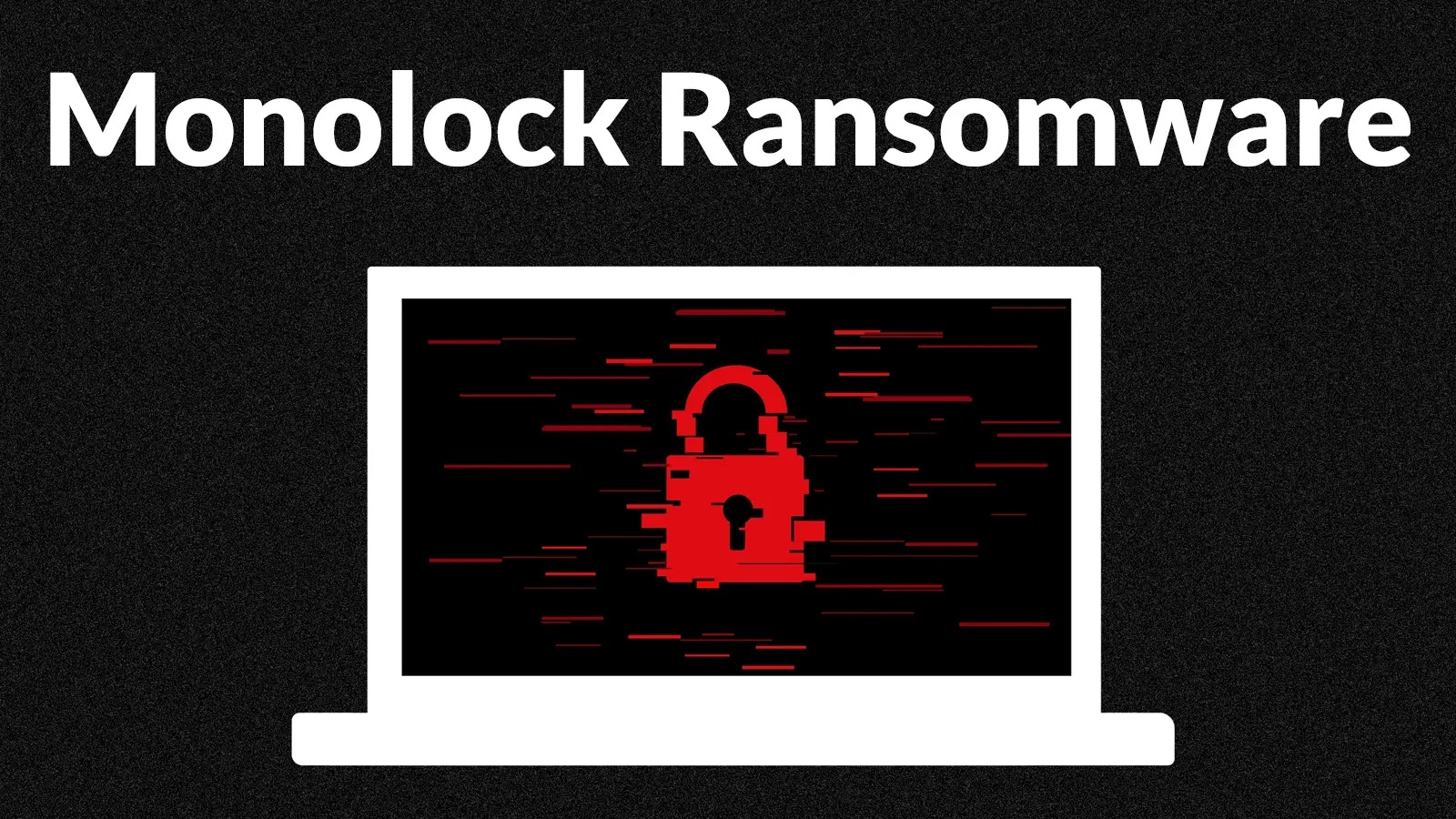
Threat Actors Allegedly Selling Monolock Ransomware on Dark Web Forums
Monolock Ransomware Emerges on Dark Web: A New Threat to Corporate Security
The digital underworld continuously spawns new threats, and the latest to surface is Monolock ransomware. Allegedly being peddled on dark web forums, this new variant poses a direct and immediate danger to organizations, with threat actors offering not just the malware itself but also accompanying stolen corporate credentials. Understanding its mechanisms and implementing robust defenses are paramount for any organization serious about protecting its digital assets.
What is Monolock Ransomware?
First detected in late September, Monolock ransomware operates with a familiar but effective modus operandi. Threat actors are reportedly advertising “version 1.0” for sale, indicating a potentially evolving and persistent threat. Its primary infection vector leverages a classic social engineering tactic: phishing emails. These emails contain malicious Word documents designed to appear legitimate, enticing unsuspecting users to open them.
Infection Vector: Phishing and Malicious Macros
The moment a user opens one of these infected Word documents, an embedded macro springs into action. This macro, a common technique employed by ransomware groups, then initiates the download of the Monolock ransomware binary from a compromised server. This server acts as the initial staging ground for the attack, delivering the payload directly to the victim’s machine. The efficacy of this method relies heavily on user ignorance or complacency regarding macro security warnings.
Encryption Mechanism: AES-256
Once the ransomware binary is active on a system, it proceeds to encrypt the victim’s files. Reports indicate that Monolock employs a robust encryption algorithm: AES-256. This strong encryption standard makes file recovery without the decryption key virtually impossible, leaving victims with a stark choice: pay the ransom or lose their data. The combination of AES-256 encryption with the reported selling of stolen corporate credentials paints a grim picture for potential targets, suggesting a coordinated effort to not only lock out victims but also potentially exfiltrate sensitive information before encryption.
Remediation Actions and Prevention Strategies
Proactive defense is the most effective countermeasure against emerging ransomware threats like Monolock. Organizations must adopt a multi-layered security strategy to mitigate the risk of infection and minimize the impact of an attack.
- Employee Training and Awareness: Conduct regular, engaging cybersecurity awareness training sessions. Emphasize the dangers of phishing emails, especially those containing unexpected attachments or links. Educate users on how to identify suspicious emails and the importance of verifying sender legitimacy.
- Email Filtering and Security: Deploy advanced email filtering solutions that can detect and block malicious attachments, including those with embedded macros. Implement sandboxing technologies to analyze suspicious attachments in an isolated environment before they reach end-users.
- Disable Macros by Default: Configure Microsoft Office applications to disable macros by default or to prompt users before enabling them. Educate users on the risks associated with enabling macros from untrusted sources.
- Endpoint Detection and Response (EDR): Utilize EDR solutions to monitor endpoints for suspicious activity, including unexpected file downloads, process execution, and unusual network connections. EDR can help detect and respond to ransomware attacks in their early stages.
- Regular Backups: Implement a robust and regularly tested backup strategy. Ensure critical data is backed up to offsite or immutable storage, making it inaccessible to ransomware. Regularly verify the integrity and restorability of backups.
- Patch Management: Keep all operating systems, applications, and security software updated with the latest patches. Vulnerabilities in software can be exploited by threat actors to gain initial access or escalate privileges.
- Network Segmentation: Segment your network to limit the lateral movement of ransomware in the event of a breach. This can help contain an infection to a smaller portion of your infrastructure.
- Strong Authentication: Enforce strong, unique passwords and multi-factor authentication (MFA) across all corporate accounts, especially for remote access and privileged accounts. This is particularly crucial given the reports of stolen corporate credentials being sold alongside Monolock.
Tools for Detection and Mitigation
Leveraging appropriate tools is vital for a comprehensive cybersecurity posture.
| Tool Name | Purpose | Link |
|---|---|---|
| Microsoft Defender for Endpoint | Endpoint Detection & Response (EDR) and Antivirus | https://www.microsoft.com/en-us/security/business/threat-protection/microsoft-defender-for-endpoint |
| Proofpoint Email Protection | Advanced Email Security and Threat Protection | https://www.proofpoint.com/us/products/email-protection |
| Veeam Backup & Replication | Comprehensive Backup and Recovery Solution | https://www.veeam.com/backup-replication-vpower-edition.html |
| Nessus Professional | Vulnerability Scanning and Management | https://www.tenable.com/products/nessus/nessus-professional |
Conclusion
The alleged sale of Monolock ransomware on dark web forums, coupled with stolen corporate credentials, signifies a dangerous escalation in the ransomware threat landscape. Organizations must recognize the immediacy of this danger and take decisive action. By prioritizing employee education, implementing robust technical controls, and maintaining diligent backup strategies, businesses can significantly strengthen their defenses against Monolock and similar sophisticated cyber threats. Vigilance and proactive security measures are your strongest allies in this ongoing battle.





